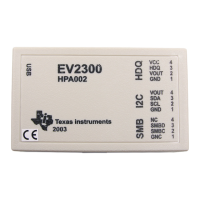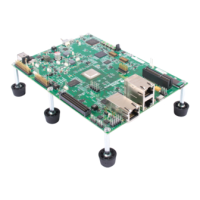Overview of Thread Scheduling
4-10
Figure 4-2. Preemption Scenario
In Figure 4-2, the low priority software interrupt is asynchronously preempted
by the hardware interrupts. The first ISR posts a higher-priority software
interrupt, which is executed after both hardware interrupt routines finish
executing.

